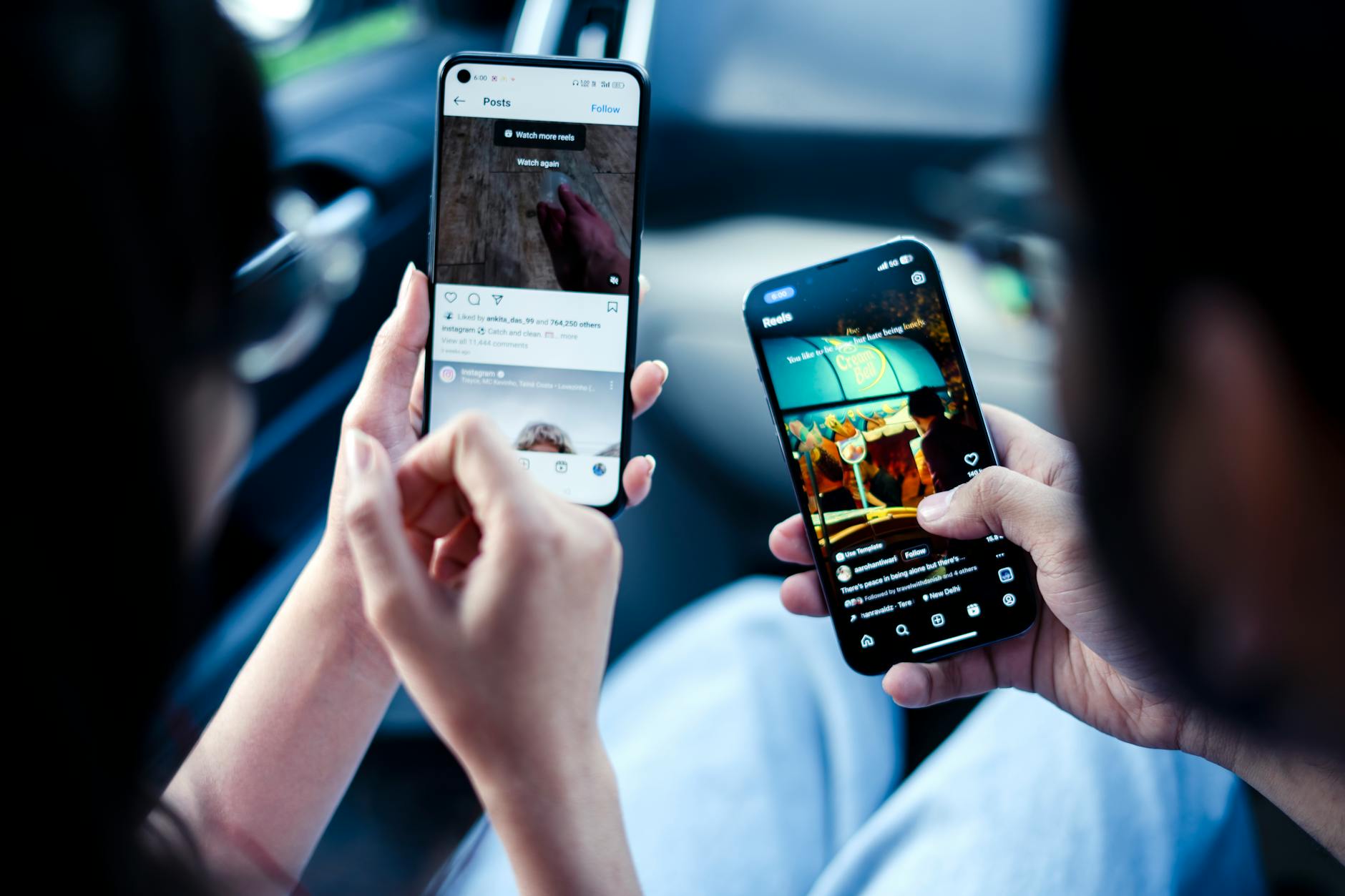The Importance and Practical Tips for Web Accessibility on Mobile Devices
Smartphones and tablets have become an essential part of our daily lives. A large portion of web browsing now takes place on mobile devices, and that share continues to grow each year.
However, due to differences in screen size and interaction methods compared to PCs, ensuring accessibility on mobile requires unique considerations. For people with visual or hearing impairments, the elderly, or those with limited motor abilities, accessing information on mobile devices can be particularly challenging.
This article introduces the core concepts of web accessibility in mobile environments, along with practical design and implementation tips.
1. What Are the Accessibility Challenges Unique to Mobile?
1. Difficulty Viewing Content on Small Screens
- Small text or buttons can be hard to read or tap accurately.
- Zooming and scrolling may also place a burden on some users.
2. Reliance on Touch Interaction
- Mobile devices are operated with fingers, so tightly spaced links or buttons can lead to accidental taps.
- Users with cognitive or motor impairments may find touch interaction difficult altogether.
3. Integration with OS-Dependent Assistive Technologies
- Compatibility with mobile screen readers like VoiceOver (iOS) and TalkBack (Android) is essential.
2. WCAG Criteria and Guidelines for Mobile Accessibility
The international standard WCAG 2.1 includes several success criteria particularly relevant to mobile environments:
✅ Success Criterion 1.4.10: Reflow
- Content must adapt properly to screen size
- No horizontal scrolling or zooming should be necessary to read content
✅ Success Criterion 2.5.1: Pointer Gestures
- Tap targets must be at least 44px by 44px in size
✅ Success Criterion 2.5.3: Label in Name
- Avoid relying solely on complex gestures like swipes or pinches—ensure actions can be performed via clearly labeled controls or alternatives
3. Key Points for Designing Accessible Mobile UI
[1] Adjust Font Size and Line Spacing
- Use a minimum font size of 16px and line height around 1.5x to enhance readability
body {
font-size: 16px;
line-height: 1.6;
}
[2] Ensure Adequate Touch Target Spacing
- Maintain at least 8px of space between touchable elements to reduce input errors
- Combining icons with text in menus improves both visibility and usability
[3] Support Keyboard and Voice Operation
- To accommodate external keyboards and voice commands via assistive technologies, use semantic HTML tags and ensure a logical tab order
[4] Optimize Forms and Inputs
- Assign input types to trigger the appropriate mobile keyboard, such as
type="email"ortype="tel"
<input type="email" aria-label="Please enter your email address">
[5] Strengthen Screen Reader Compatibility
- Use ARIA attributes and semantic HTML5 elements to clearly convey labels, roles, and states
<button aria-label="Open menu">☰</button>
4. Navigation and Layout Tips for Mobile-Friendly Accessibility
📱 Mobile-First Layout Design
- Start with mobile layouts using responsive design, resulting in clean and efficient UIs
📑 Clear and Accessible Menus
- For hamburger menus or similar navigation, use ARIA attributes like
aria-expandedto indicate open/closed states
🔍 Allow Zooming
- Avoid disabling zoom in the viewport meta tag—users should retain control over zooming
<meta name="viewport" content="width=device-width, initial-scale=1">
5. Testing and Validation: How to Check Mobile Accessibility
Real Device Testing
- On both iOS and Android, use screen readers, voice input, and magnifiers to test usability in real-world scenarios
Automated Testing Tools
- Lighthouse (Chrome DevTools)
- axe DevTools
- WAVE
These tools help automatically detect accessibility issues and offer suggestions based on WCAG guidelines—even for mobile views.
6. Conclusion: Mobile Accessibility Is the Key to a Truly Inclusive Web
As mobile usage continues to rise, mobile devices will increasingly become the primary access point to the web. To create a web that is usable for everyone, accessibility must be at the heart of design and development.
✔️ Summary of Key Mobile Accessibility Practices:
- Responsive layouts and legible text sizes
- Button design that considers touch interaction
- Support for voice and screen readers
- Clear labeling and input assistance
- Rigorous testing and validation using real devices
